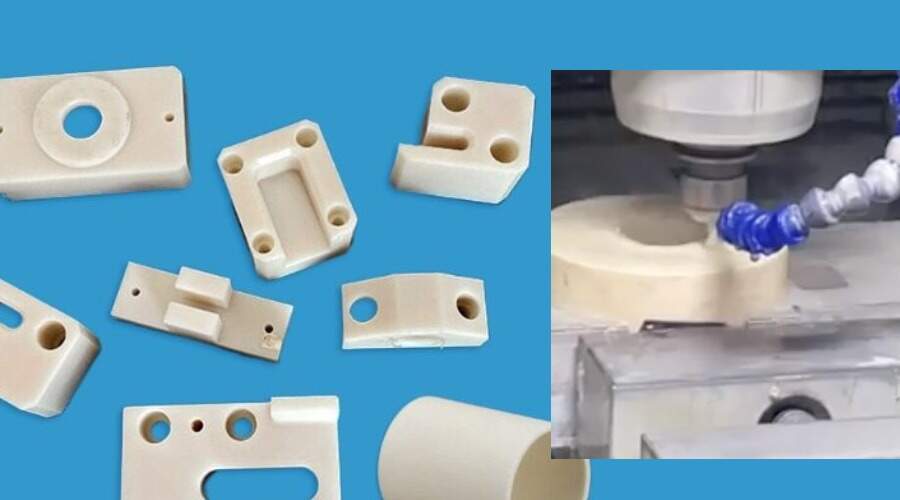Can you drill alumina ceramic?
Alumina ceramic punching method

First, alumina ceramic drilling
Drilling is a common method of drilling alumina ceramics. The principle is to use a special drill bit, at the same time of high-speed rotation with coolant, through friction and pressure on the alumina ceramic to drill the required aperture and depth.
Alumina ceramic drilling method is suitable for small aperture (generally less than 10mm), can be completed in a short time, but there are thermal damage, easy to break the drill and other problems, need to pay attention to operation skills and safety protection, to avoid damage to workers and equipment.
Second, alumina ceramic laser drilling
Laser drilling is a non-destructive and high precision method for alumina ceramic drilling. The principle is to use strong light pulses to generate high temperature and high pressure on the surface of alumina ceramics, and to form holes through ablation and evaporation.
Alumina ceramic laser drilling method has the advantages of high efficiency, high precision, no subsequent processing, and is suitable for a variety of pore sizes and shapes, but it requires expensive equipment and complex operating processes, and also has a certain risk of harm to the environment and the human body.

Third, alumina ceramic electrolytic drilling
Electrolytic drilling is an economical and effective method for alumina ceramic drilling. The principle is to place a conductive mold on the surface of the alumina ceramic, and soak it in the electrolyte, and corrode the porcelain layer through electrolysis to form holes.
Alumina ceramic electrolytic drilling method is suitable for large aperture and depth, has the advantages of low cost, simple equipment, etc., but it is necessary to pay attention to the choice of electrolyte and safe treatment, so as not to corrode other parts and pollute the environment.
In short, different alumina ceramic drilling methods have advantages and disadvantages, should be selected according to the specific situation, and pay attention to the relevant operating points and safety measures. Improving operational skills and awareness of protection can help reduce risk and increase efficiency.

Alumina ceramic drilling is a difficult process, which requires the use of special technology and technology. The specific processing methods are as follows:
1. Preparation: First of all, the surface treatment of the alumina ceramic is required to remove the dirt and oxide on the surface, and then the polishing treatment is carried out to ensure that the drilling will not break.
2. Positioning: Place the ceramic in the positioning frame and determine the position and size of the drill hole through the positioning device.
3. Cutting: Using wire cutting, laser cutting or water knife cutting and other ways to cut to form the required shape of the hole.
4. Grinding: Due to the burrs and bumps produced during the cutting process, it is necessary to grind the surface of the hole to make it smooth and flat.
5. Finishing: For more demanding products, finishing is required to further grind the hole surface to achieve higher accuracy and quality.
It should be noted that alumina ceramics have high hardness and brittleness, and are easy to break during processing, so it is necessary to use professional equipment and processes, as well as professionally trained personnel for processing. In addition, it is necessary to keep the environment clean and dry during the processing process to avoid the impact of dust and moisture on the quality of the holes.